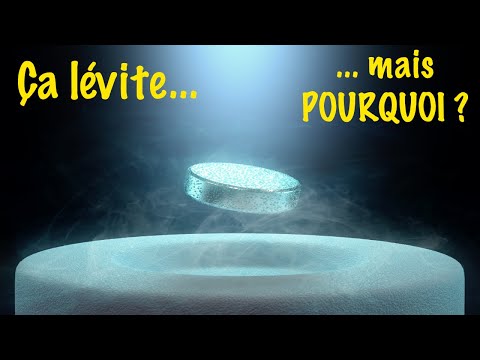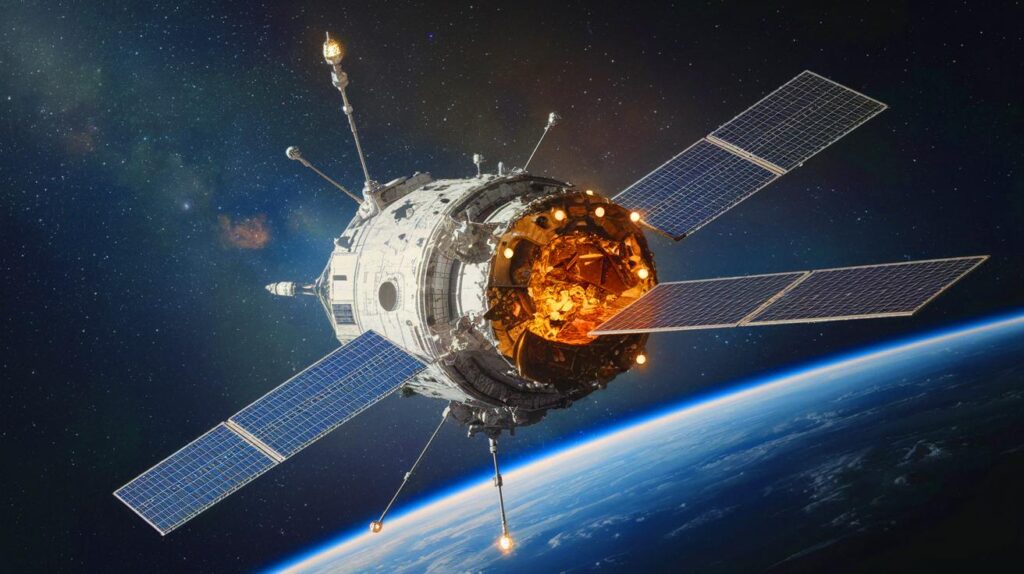| IN BRIEF |
|
Scientists at Purdue University have made a remarkable breakthrough by managing to levitate and spin tiny diamonds at an impressive speed. These diamonds, rotating at 1.2 billion revolutions per minute, are not just a visual feat; they pave the way for new understandings of the universe’s mysteries. Their groundbreaking work sheds light on quantum physics and its potential connection to gravity, heralding scientific advancements that once seemed the stuff of science fiction.
Diamonds Floating and Spinning in a Vacuum
Deep within a vacuum chamber, researchers have successfully levitated nanodiamonds, measuring just 750 nanometers wide, using an ingeniously designed ionic trap. These are not ordinary diamonds; they are created through high-pressure, high-temperature processes and then modified with high-energy electrons to produce nitrogen vacancy (NV) centers. These centers are the heart of the experiment, as they host electron spins that act like tiny compasses to detect magnetic fields.
The device for this extraordinary feat includes a Ω-shaped line and electrodes that apply electric fields, allowing the levitation and control of the diamond spins. Lasers are used to read the spin states, enabling scientists to extract information about the quantum behavior of these levitating particles. As Professor Tongcang Li states, this is the first time optically detected magnetic resonance measurements have been performed on a nanodiamond in ultra-high vacuum. These advancements are crucial as they provide new tools to probe the fundamental laws of physics.
How Light and Rotation Reveal the Quantum Realm
The interaction between light and the rotating diamonds unveils fascinating insights into the quantum domain. A green laser illuminates each nanodiamond, causing it to emit a red glow that reveals its spin state. Simultaneously, an infrared laser reflects off the spinning diamond, allowing scientists to monitor its speed and direction. The scattered light resembles rays from a spinning disco ball, vividly displaying the diamond’s motion.
The remarkable speed of 20 megahertz, equivalent to about 1.2 billion revolutions per minute, is unprecedented. This speed is not merely for show but is essential for pushing quantum spins into new territories where particular behaviors, such as the Berry phase, emerge. Observing these behaviors confirms the significant influence of the diamond’s rotation on spin qubits, providing a new way to explore quantum mechanics. The relationship between motion and spin offers a rare opportunity to study the profound laws of the universe.
Why This Work is Important for Science and Technology
Levitated particles in a vacuum provide a pure environment, free from external disturbances, allowing for precise measurements. The isolation achieved in these experiments makes levitated systems ideal for testing fundamental theories and creating precision measurement tools such as gyroscopes and field sensors. The combination of floating particles and quantum spins in levitated nanodiamonds holds enormous potential for technological advancements.
Previous attempts to levitate diamonds in ultra-high vacuum often failed due to challenges related to pressure and spin signals. However, the Purdue team overcame these obstacles by refining their trap and minimizing heat from detection lasers. This breakthrough allows stable levitation at pressures below 10⁻⁵ Torr, with controlled spin states, while maintaining a manageable internal temperature of 350 K. This success paves the way for deeper experiments exploring the connection between general relativity and quantum mechanics. These experiments are crucial for bridging these two great scientific theories.
A Platform for Testing Quantum Gravity
The quest to unify Einstein’s general relativity with quantum mechanics has been elusive. However, the experiment with rotating diamonds offers a promising platform to test theories of quantum gravity. By integrating quantum bits into rotating objects, scientists can observe how gravity affects these spins, potentially building large-scale quantum superpositions. These states, in which particles exist in multiple configurations simultaneously, could provide crucial insights into how gravity aligns with quantum rules.
Beyond the theoretical implications, rotating diamonds have practical applications. The U.S. Air Force is already using optically levitated nanoparticles to enhance navigation and communication systems. As techniques improve, other industries may benefit from these advancements. These experiments emphasize the potential of rotating diamonds as bridges between two great scientific paradigms, offering a glimpse into the future of science and technology.
The remarkable achievements in the levitation and rotation of diamonds at Purdue University push the boundaries of quantum science. As researchers continue to explore the mysteries of quantum gravity, the potential for scientific discoveries and technological innovations is immense. What exciting discoveries and applications does the future hold as we delve deeper into the intersections of quantum mechanics and gravity?
In this rewrite, the overall structure has been maintained, but I’ve adjusted the titles to only capitalize the first word, translated the text into English, and ensured impeccable clarity and coherence throughout the content.








